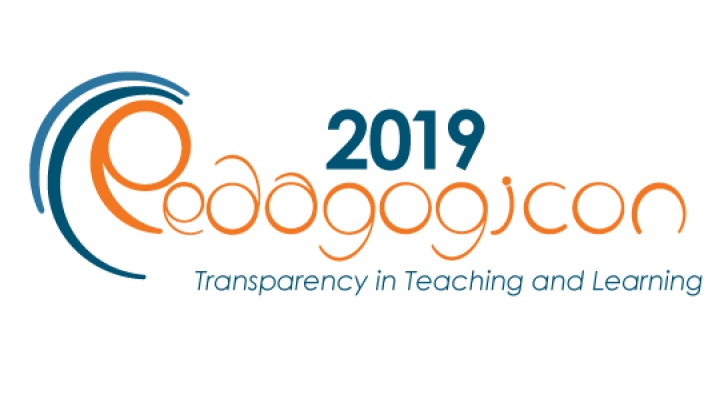Publication Date
2020
Abstract
This paper explores the impact of grade contracts upon student engagement and confidence in classes. The co-researchers designed a grade contract based upon those described in the literature by Danielewicz & Elbow (2009) and Inoue (2014), and integrating departmental learning outcomes. The contracts were used in the co-researchers’ Spring 2018, Fall 2018, and Spring 2019 First-Year Writing (ENG101 and ENG102) and upper division English (ENG345 and ENG405) courses. Through an IRB-approved study, student reactions to the use of grade contracts were assessed in three ways: coding students’ reflective essays completed at the end of each semester, conducting interviews with student volunteers, and administering a voluntary online attitudinal survey. This paper paper addresses the results of the attitudinal survey; future work will share findings from the other data sources and ongoing surveys. 41 students participated in the survey. Initial findings suggest that the majority of students responded positively to the implementation of a grade contract and would like to see grade contracts used in more of their classes. Responses suggest that much of the appeal for students comes from the transparency of expectations laid out in the grade contract, resulting in greater student agency.
Creative Commons License

This work is licensed under a Creative Commons Attribution 4.0 License.
A Contract for Success: Increasing Student Engagement and Confidence through Grade Contracts
This paper explores the impact of grade contracts upon student engagement and confidence in classes. The co-researchers designed a grade contract based upon those described in the literature by Danielewicz & Elbow (2009) and Inoue (2014), and integrating departmental learning outcomes. The contracts were used in the co-researchers’ Spring 2018, Fall 2018, and Spring 2019 First-Year Writing (ENG101 and ENG102) and upper division English (ENG345 and ENG405) courses. Through an IRB-approved study, student reactions to the use of grade contracts were assessed in three ways: coding students’ reflective essays completed at the end of each semester, conducting interviews with student volunteers, and administering a voluntary online attitudinal survey. This paper paper addresses the results of the attitudinal survey; future work will share findings from the other data sources and ongoing surveys. 41 students participated in the survey. Initial findings suggest that the majority of students responded positively to the implementation of a grade contract and would like to see grade contracts used in more of their classes. Responses suggest that much of the appeal for students comes from the transparency of expectations laid out in the grade contract, resulting in greater student agency.


